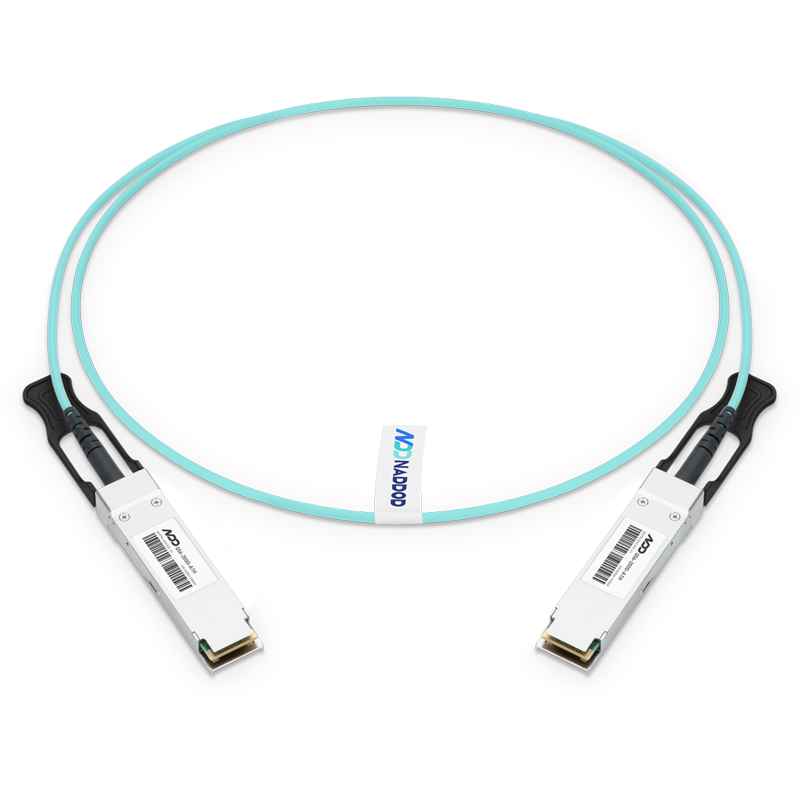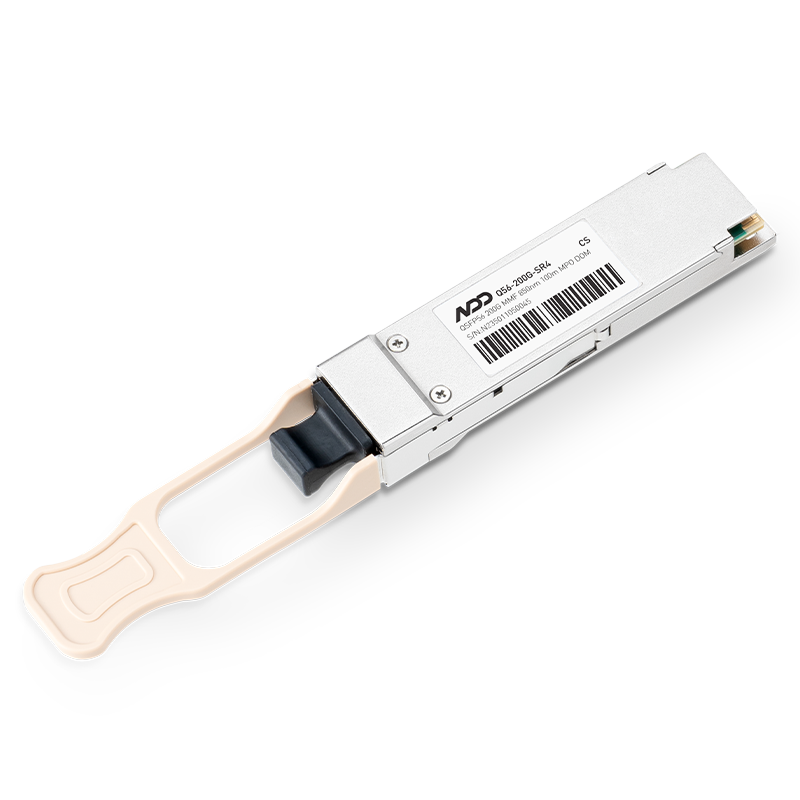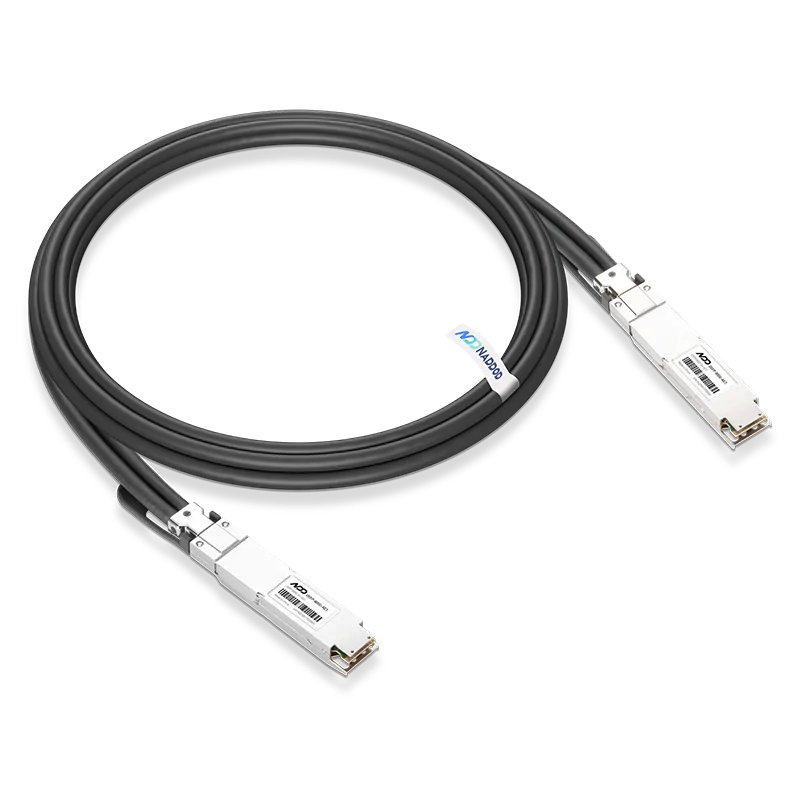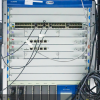According to a report by Communications Industry Research Institute (CIR), the active optical cable AOC market for data centers will reach $4.2 billion (approximately RMB 26.68 billion) in 2020. Active optical cables are used to interconnect data center cabling racks, switches and between switches and servers to enable mutual communication between machines.
Data centers generally choose to install switches first, then do structured cabling, and finally choose the right interconnect products to access to the network.
- For very short distances (<90m@10G and <10m@40G), copper cable is the cheapest option.
- For medium distances (<500m@10G and 150m@40G), multimode VCSEL (Vertical Cavity Surface Emitting Laser) transceivers are the most suitable choice, and AOC is one of them.
- Beyond 500m@10G, 150m@40G and 100m@100G, there are a variety of single-mode transceivers to choose from, and their cost is progressively increasing.
Among them, in data center integrated cabling, server cabling methods are TOR (Top of Rack) cabling method and EOR (End of Row) cabling method.
TOR (Top of Rack) Cabling
TOR cabling method is to place the access switch on the top of each server cabinet or unit, and the servers in the cabinet are directly connected to the top switch through short patch cables, and then connected to the core switch from the uplink port of the switch via copper/fiber.

EOR (End of Row) Cabling
EoR cabling method is to install the access switch centrally in a cabinet at the end of a row of cabinets, and connect the host/server/mini-computer equipment in the equipment cabinet by permanent link through horizontal cables. a large number of horizontal cables need to be laid in the equipment cabinet to connect to the switch in EoR. The copper/fiber optic cables from the wiring closet are extended to the network cabinet at the side end, and the access switches are installed in the network cabinet. Rackmount servers are installed in server cabinets, and server NICs are connected to the patch panels in the cabinets via patch cables (copper/fiber).

As can be seen from the figure, the EOR cabling method has more copper cables or optical fibers from server cabinets to network cabinets, and the further away from the network cabinets, the longer the cabling distance of server cabinets in the server room, which leads to large cable management and maintenance workload and poor flexibility.
TOR cabling simplifies the cabling between server cabinets and network cabinets, and the number of copper cables or optical fibers from each server cabinet to the network cabinets of EOR/MOR is less, which also greatly shortens the distance between servers and switches, so TOR cabling will be more likely to be adopted by more data center cabling. At the same time, with the expansion of data center server room area makes the unit server room area increase and the functional area increase, which increases the transmission distance of the backbone subsystem cable. In this cabling method, the transmission distance is mostly medium distance, so a large number of active optical fiber cables will be used.
AOC is usually used in the following locations in data centers:
Server cabinets; where up to 40 servers are connected to a top-of-rack switch (TOR). Each server has one or two Ethernet connections to the switch.
The main network area; the AOC can be used in the Spine, Leaf or core switching area. In these areas of today’s networks, there are a large number of discrete switches that all need to be interconnected to create a large switch fabric. These interconnections are typically implemented using an AOC. In some data centers, the switch fabric can occupy multiple cabinets or even an entire row in the data center.
Of course, the AOC is chosen for more than just the distance factor; it has many advantages that make it the preferred choice for data center cabling.
Active Optical Cable vs High-speed Cable
- Lower power transmission over the system link.
- About half the size of copper cable and a quarter the weight of high-speed cable.
- Better air flow and heat dissipation in server room cabling systems.
- Smaller bend radius of fiber optic cable than copper cable.
- The BER of product transmission performance is also better, with BER up to 10^-15.
Active Fiber Optic Cable vs Optical Transceiver Modules
- The optical interface of active optical cables is not exposed, i.e., there is no problem of cleaning and contamination of the optical interface.
- Higher system stability and reliability.
- Make the network system more convenient to manage and maintain.
- Significantly reduce operation and maintenance costs and improve efficiency.
From the perspective of future data center development trend, the future advocates all-optical network, aiming to improve the network rate, as the network rate continues to improve, active optical cable AOC in the data center will be used in large numbers.
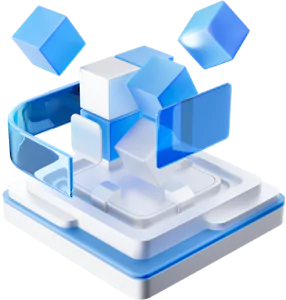
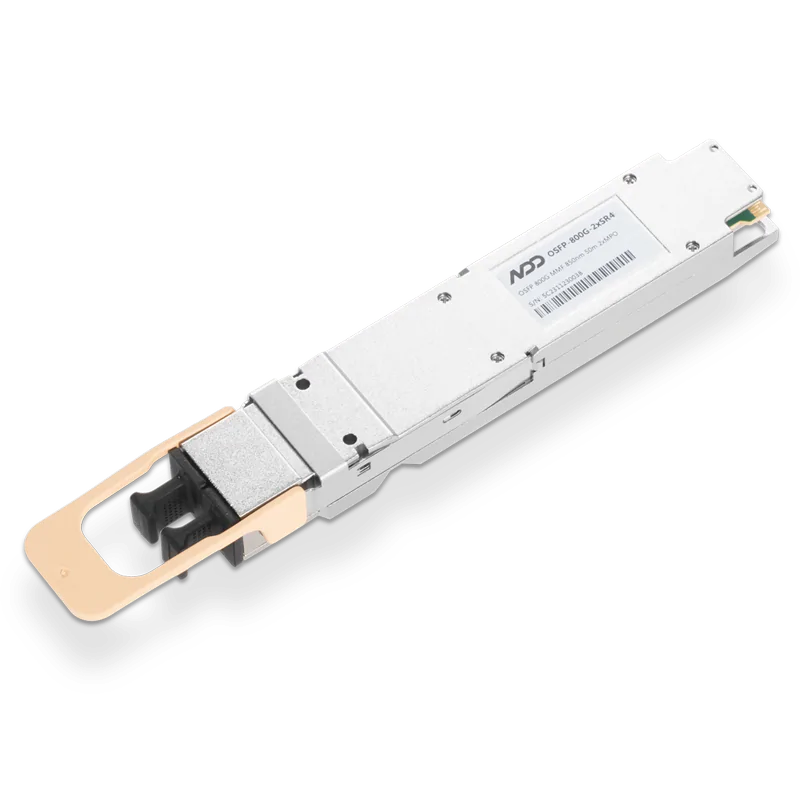 800GBASE-2xSR4 OSFP PAM4 850nm 50m MMF Module
800GBASE-2xSR4 OSFP PAM4 850nm 50m MMF Module



